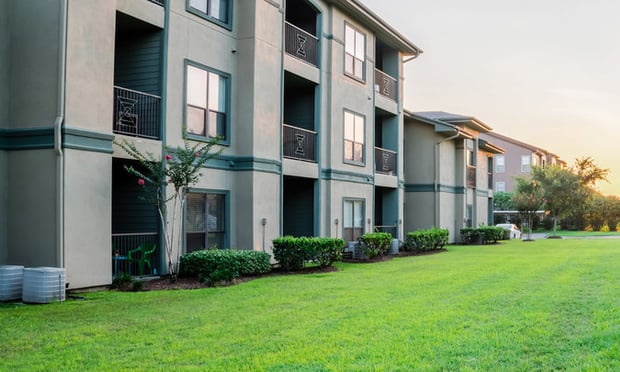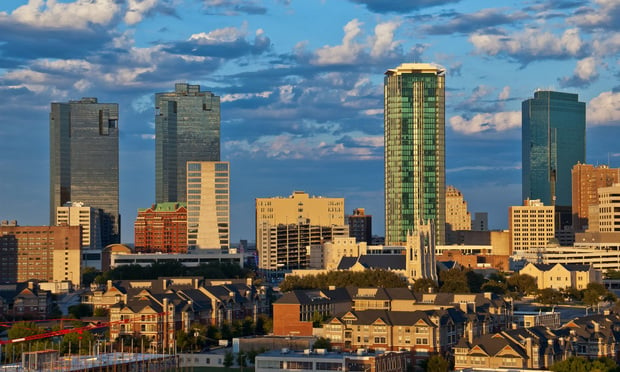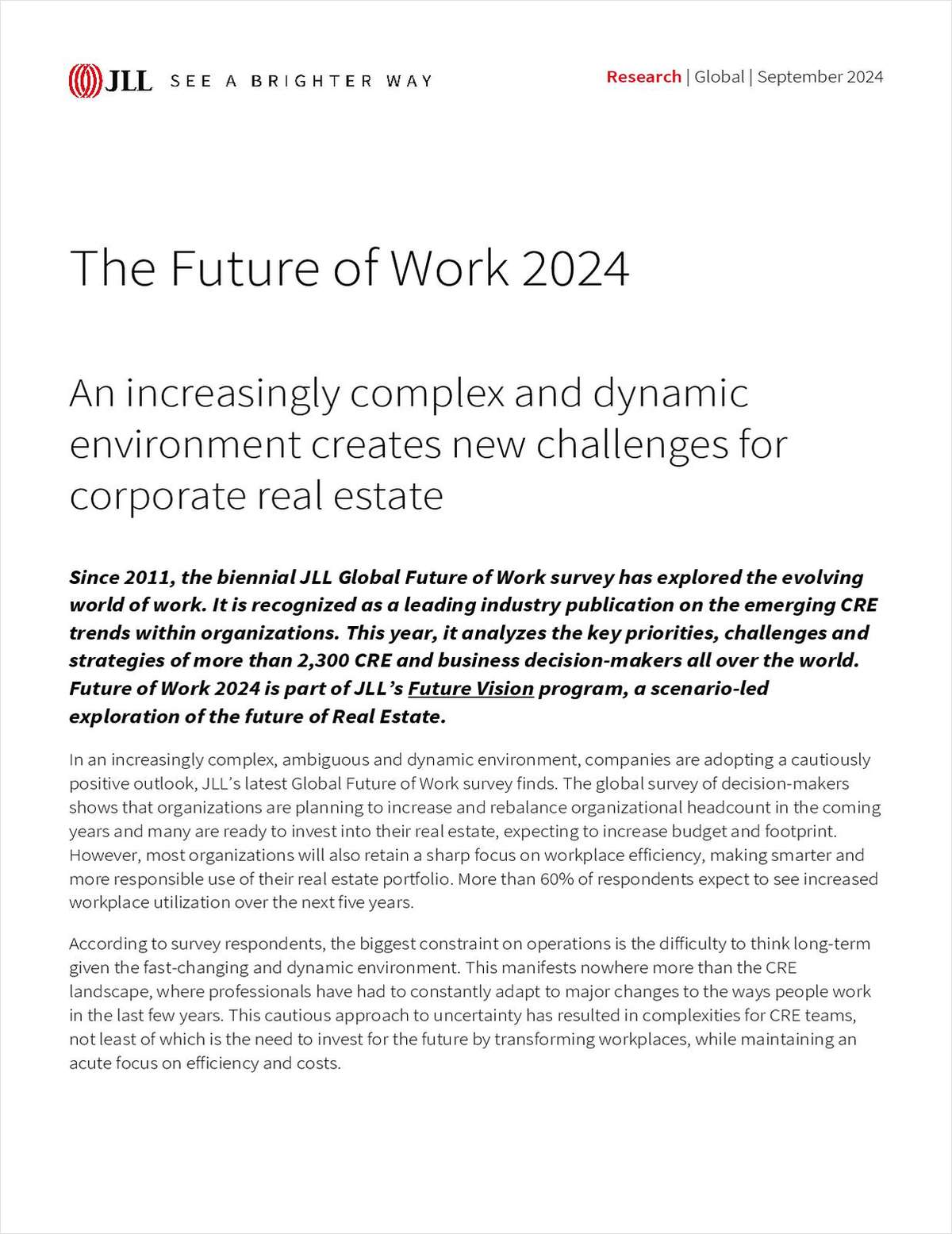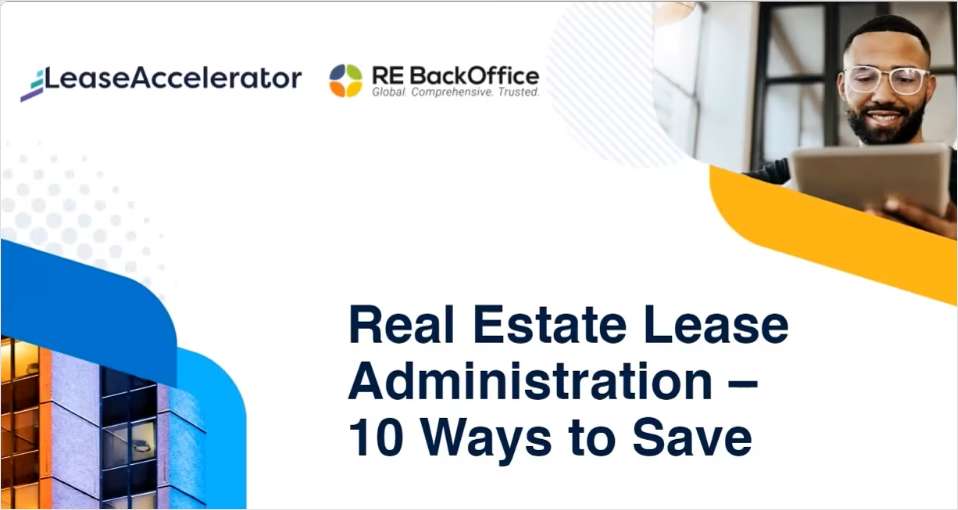DALLAS-The $5.3 billion expansion of the Panama Canal, anticipated for completion by 2015, is, according to many, supposed to bring more trade to and from the US by providing another water route comparable to the Suez Canal. This will be true, to an extent. The problem, however, according to experts at the CREW Convention & Marketplace, is that the US is not ready, from an infrastructure point of view, to take advantage of what might happen.
During a CREW plenary session entitled "Panama Canal Expansion: Impacts on the US Market," which took place on Oct. 10, panelists said that the US is far behind the rest of the world when it comes to port usage, especially on an international basis. John Vickerman with Vickerman & Associates LLC pointed out that in 2011, of the top 10 busiest ports internationally, nine of those were in Asia. And, among that top 10, six are on China's mainland. Furthermore, "the US is the consuming part of the logistics supply chain," Vickerman observed.
As such, the US logistic system, as it currently stands, may not be ready for what happens when the new and improved Panama Canal goes online with its post-Panamax vessels and 18,000 twenty-foot equivalent units, or TEU. These days, the Canal pushes through 4,800 TEUs. Vickerman used, as an example, the fact that the Port Authority of New York and New Jersey realized that, when deepening the Kil Van Kill tidal straight between Staten Island and Bayonne, NJ in preparation for the larger ships, that the bridge was an impediment. That bridge is now being raised at a cost of billions of dollars to enable access to the Port of Newark.
Certainly other ports may not have the same challenges as the Port of Newark. But Brandi Hanback with Rockefeller Group's Foreign Trade Zone Services pointed out that the East Coast and West Coast ports will likely become more congested. And, in the case of a West Coast port such as Los Angeles/Long Beach, that could be trouble, as every inch of land has been built out for port purposes. Added to the issue is that the US ports continue to be lacking when it comes to automation.
Furthermore, many of the US ports are tied to federal funding for improvements. As such, many of the ports that require deeper water levels (but don't have them) may not be able to house the larger post-Panamax vessels coming through the Panama Canal. Phyllis Saathoff with the Port of Houston pointed out that dealing with the federal government is a long-term process. "It can take over a decade, often longer, to get federal funding," she said.
The Port of Houston Authority has managed to get around this and is improving its facilities in preparation for the Panama Canal Expansion by investing $150 million in dredging the Houston Ship Channel and improving berths. Saathoff noted that, for the most part, the Port of Houston's infrastructure is supported by the taxpayers of Harris County, in which the port resides. But the Port of Houston Authority behaves like a business as well; "a business operating within government rules," Saathoff said. As such, funds from the business side (which includes ownership and sale of commercial real estate) has helped raise that $150 million. "It isn't being funded with taxpayer debt," Saathoff commented.
Vickerman said all ports need to invest in infrastructure, and need to find ways in which to succeed other than sitting around and waiting for a handout from the federal government. "We can't wait for Washington (DC)," he said, adding that the US is ranked 32nd in the world in transportation infrastructure, just ahead of Greece. Hanback, in the meantime, believes the federal government should put forth a transportation initiative to build that infrastructure. "It's ironic we have an export initiative, but don't have a transportation initiative to get the goods out," she said.
In brushing off the crystal ball, the panelists pointed out that the widening of the Panama Canal would likely mean that the US ports will scramble to find various niches. Vickerman, in being more specific, suggested that if West Coast ports and railroads became more congested, if East Coast ports could accommodate the larger ships, if the Panama Canal offers prices competitive with the Suez Canal, if cargo volumes continue to increase and the Canal's infrastructure keeps pace with growth, "ships will cram as much cargo as they can through the Panama Canal," he says.
If the opposite is true, however – if the larger ships can't be accommodated, if the Panama Canal prices are not competitive and railroads exert pricing flexibility, "then nothing happens," Vickerman predicted.
Want to continue reading?
Become a Free ALM Digital Reader.
Once you are an ALM Digital Member, you’ll receive:
- Breaking commercial real estate news and analysis, on-site and via our newsletters and custom alerts
- Educational webcasts, white papers, and ebooks from industry thought leaders
- Critical coverage of the property casualty insurance and financial advisory markets on our other ALM sites, PropertyCasualty360 and ThinkAdvisor
Already have an account? Sign In Now
*May exclude premium content© 2024 ALM Global, LLC, All Rights Reserved. Request academic re-use from www.copyright.com. All other uses, submit a request to [email protected]. For more information visit Asset & Logo Licensing.








